29 September 2015
In spite of the fans of coffee in pods, who see themselves as champions of a more modern and dynamic way of savoring the Italian beverage par excellence, the traditional coffee maker continues to enjoy rude health and has a large number of supporters. The figures, moreover, speak clearly: in Italy there are over twenty million families that use the moka pot. In addition to strictly economic motives—“homemade” coffee costs less than the kind you drink at the bar—it is above all a choice of quality: the drink made with a coffeepot is “never burnt, apparently lighter, but in reality more intense, fragrant and tasty,” to quote the architect and designer Riccardo Dalisi, whose thorough research into the Neapolitan version led to the realization of a design for Alessi that earned him the Compasso d’Oro in 1981. Alessi’s latest offering, the Pulcina designed by Michele De Lucchi and produced in collaboration with Illy, shows that this type of appliance is still evolving. The key to Pulcina’s design lies in the water tank, studied to maintain the ideal temperature and pressure for the rise of the coffee, eliminating the so-called “Strombolian effect” which is often the cause of a burnt and bitter aftertaste. The fruit of the commitment of two leading companies that have decided to unite their forces to improve the organoleptic properties of coffee and enhance its aroma, Pulcina is made out of aluminum, an excellent conductor of heat, and is shaped into two rounded volumes that unite to form a silhouette which is all curves and has a stepped external surface. The V-shaped spout recalls the name chosen for the coffee maker, which means “chick” in Italian, but above all serves to cut through the last drop of coffee when it is poured out. De Lucchi—who here has been inspired by the forms of his studio at Angera, in the province of Varese—is only the latest of the many famous architects who have taken on the “puzzle” of the moka pot: along with Dalisi, we can mention Aldo Rossi with La Cupola and La Conica, Richard Sapper with the 9090, Michael Graves with the Pelicano and Alessandro Mendini with the Moka Alessi. A list of illustrious names that seems to confirm what Mendini declared in his “Elogio della caffettiera” (“In Praise of the Coffee Maker”), published in Modo: “Every great architect has tried his hand at its design, aspiring to construct a coffee maker just as he would like to build a tower before he dies.”
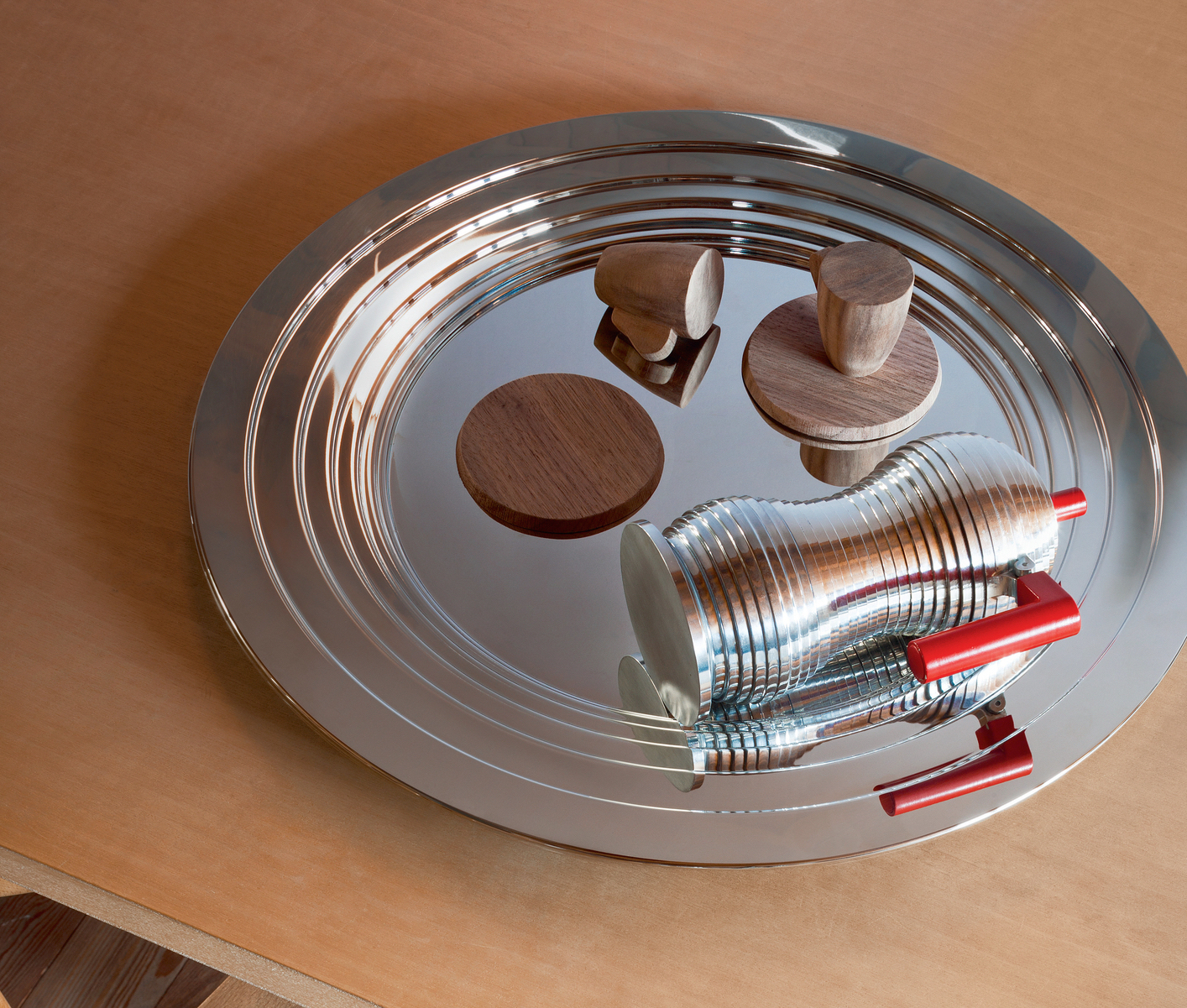
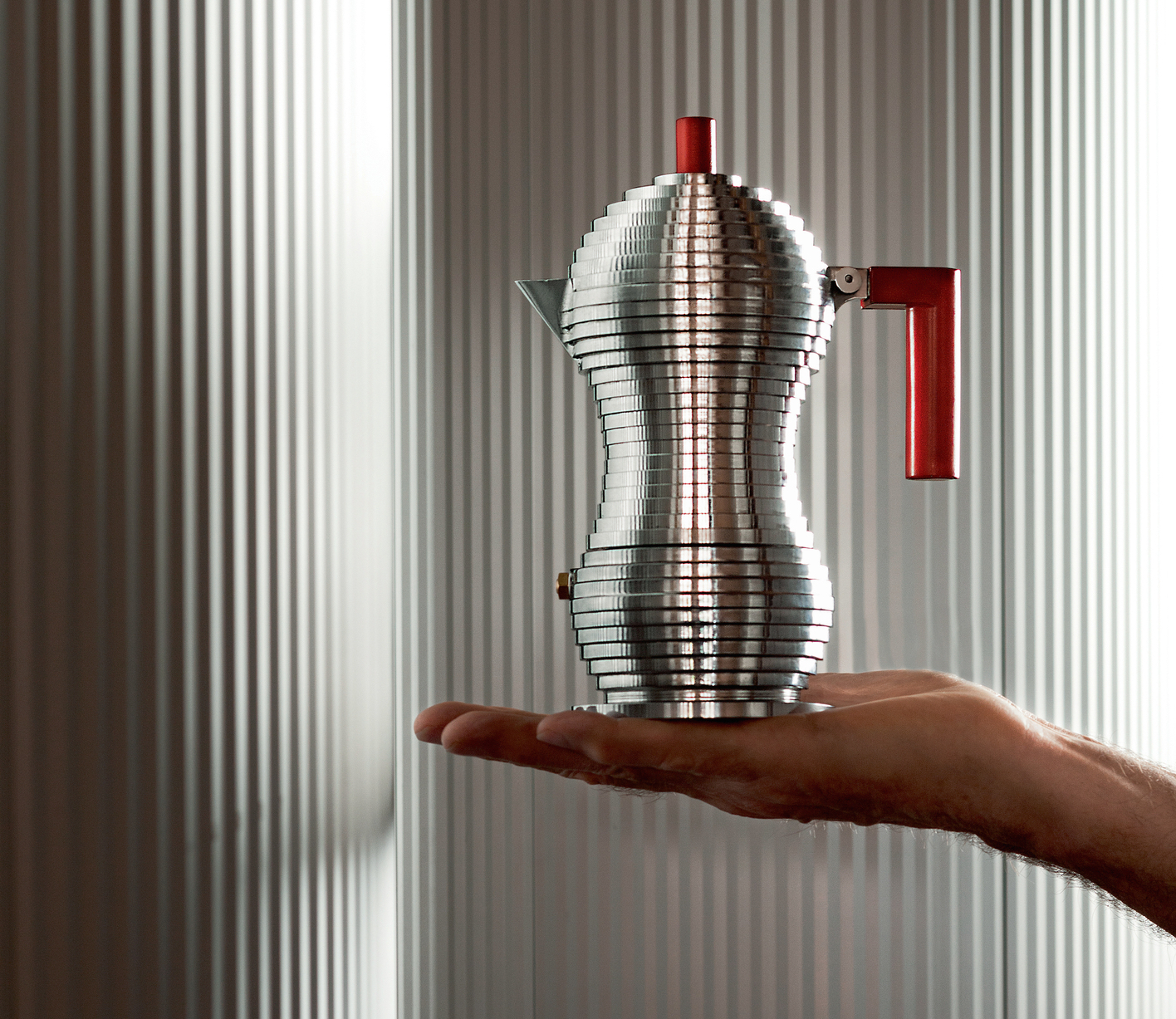
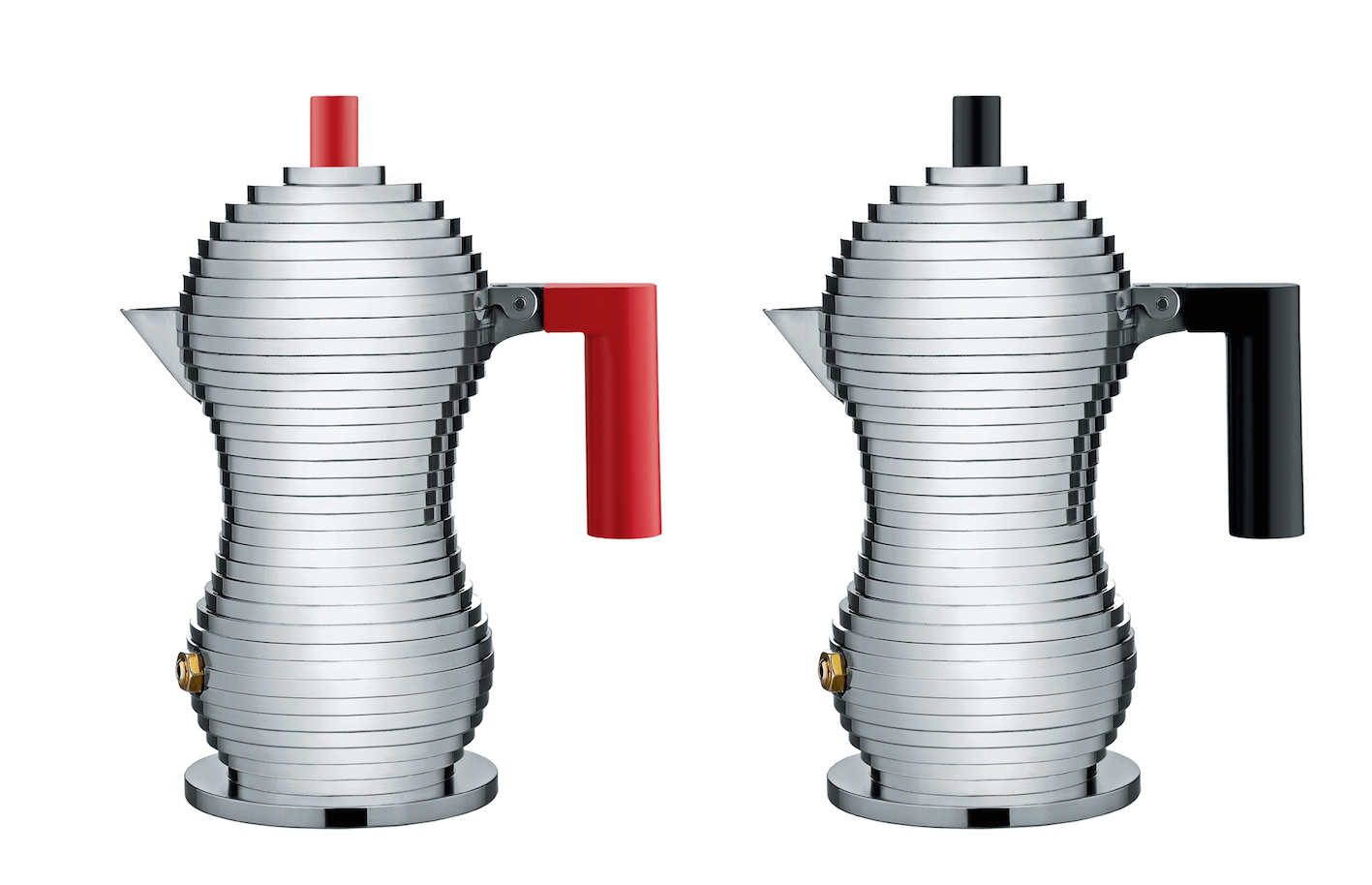
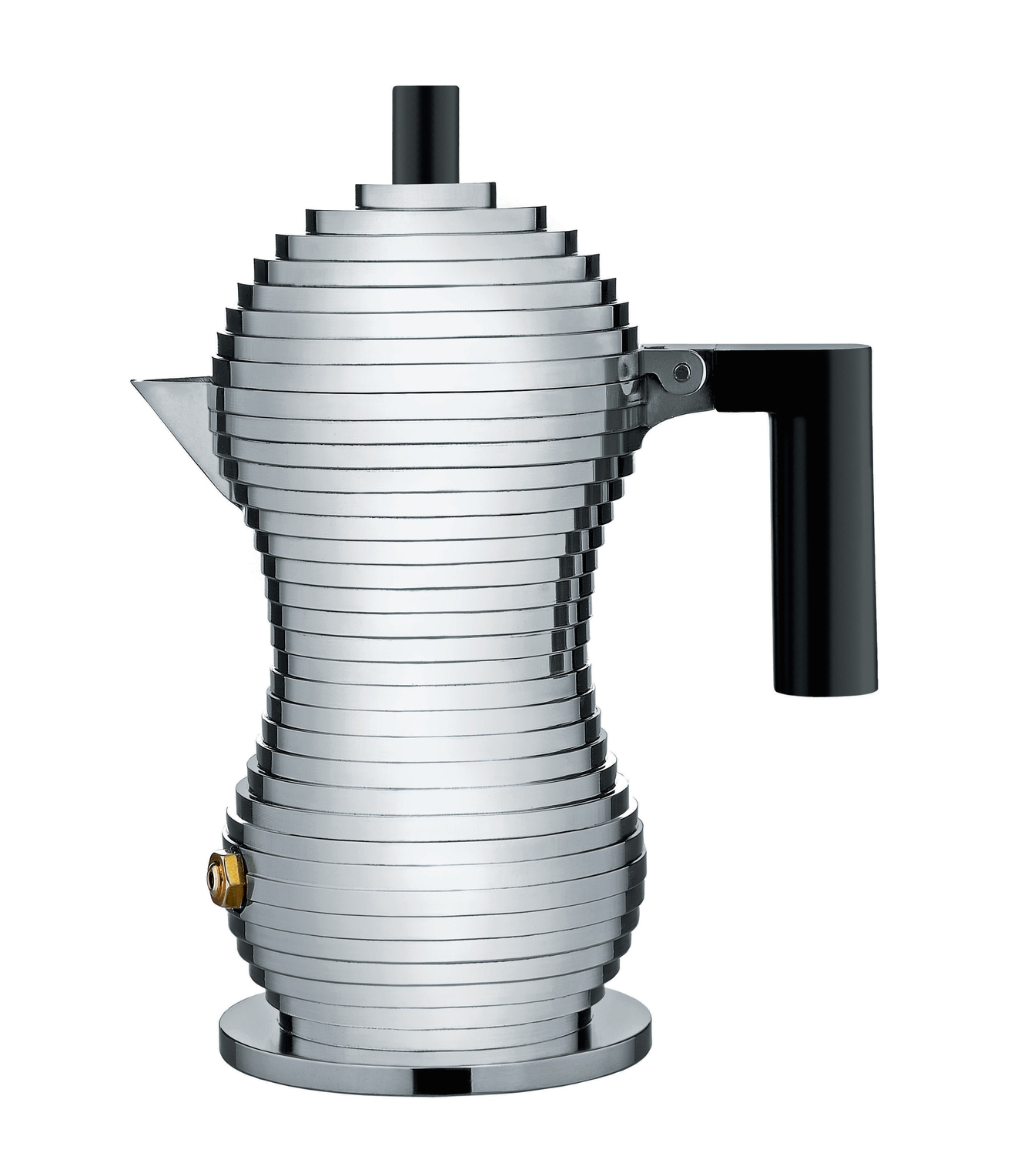
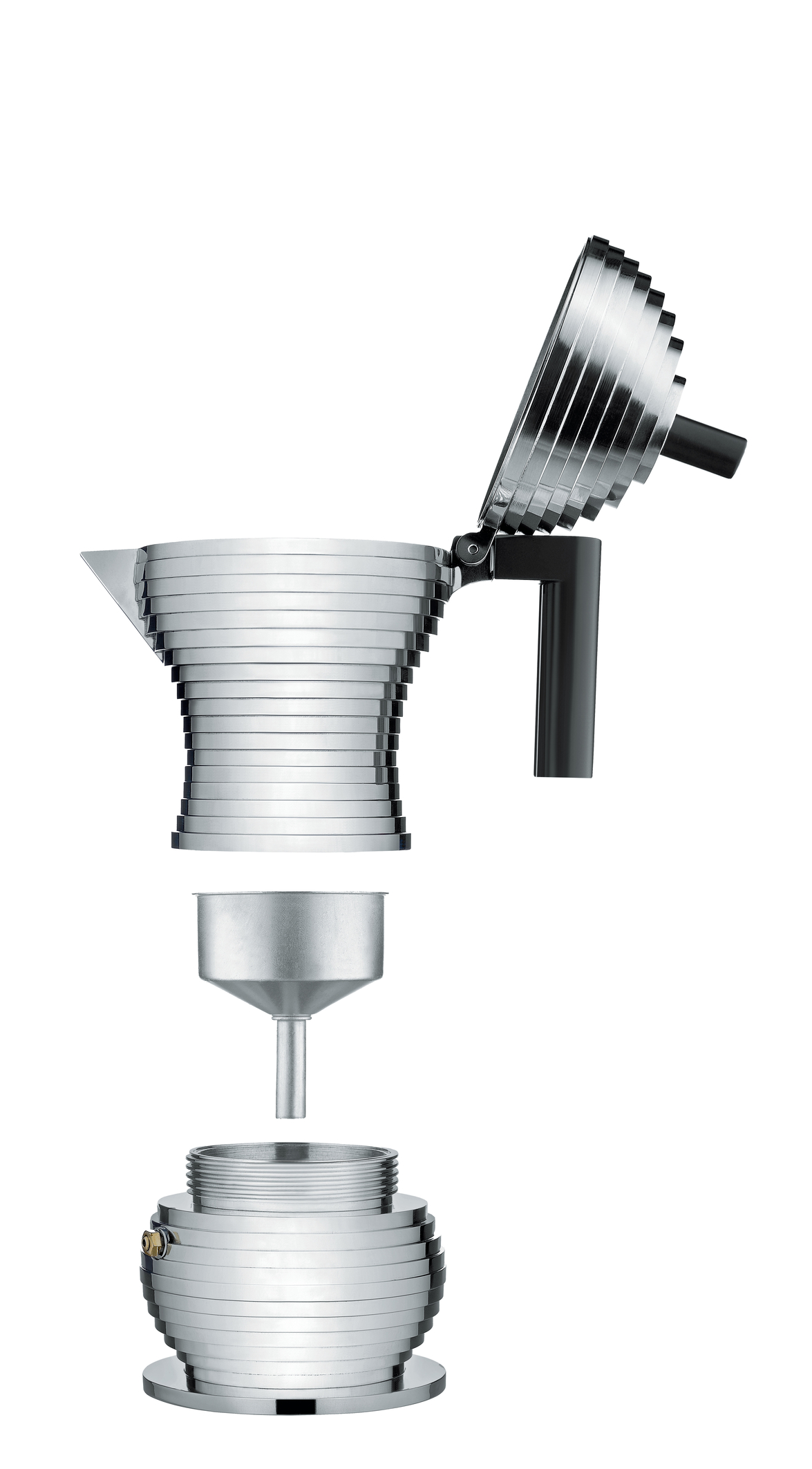

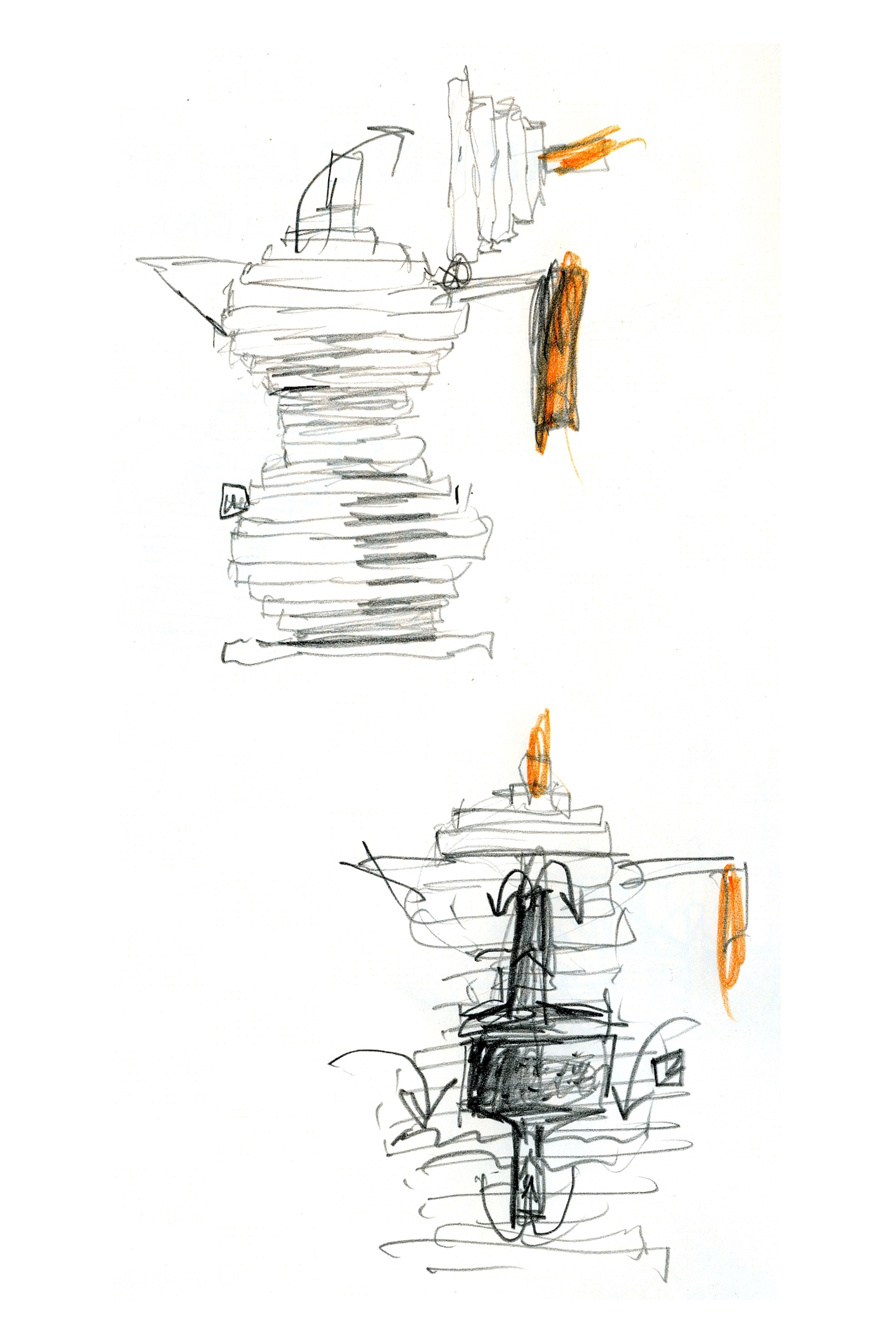
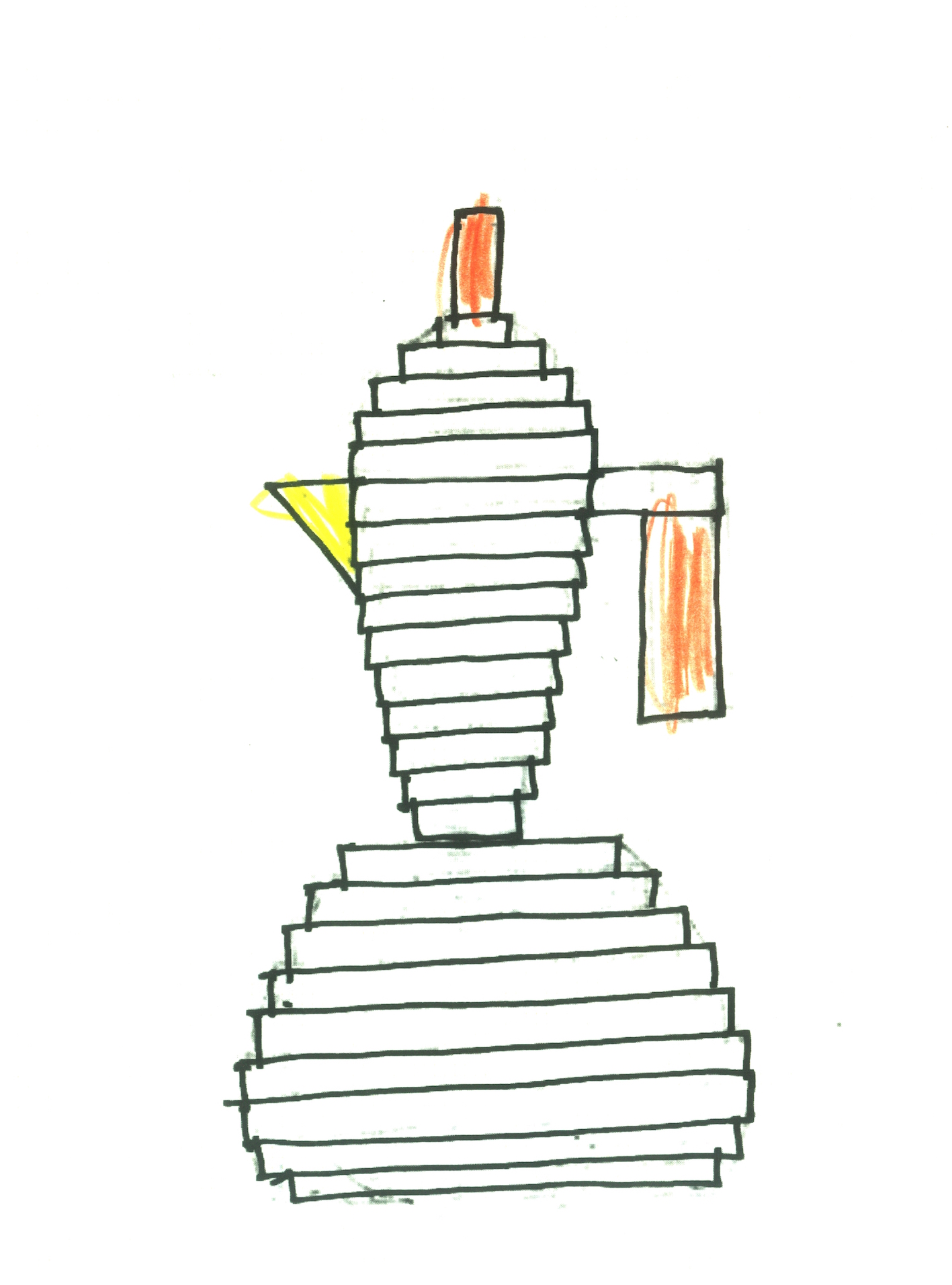
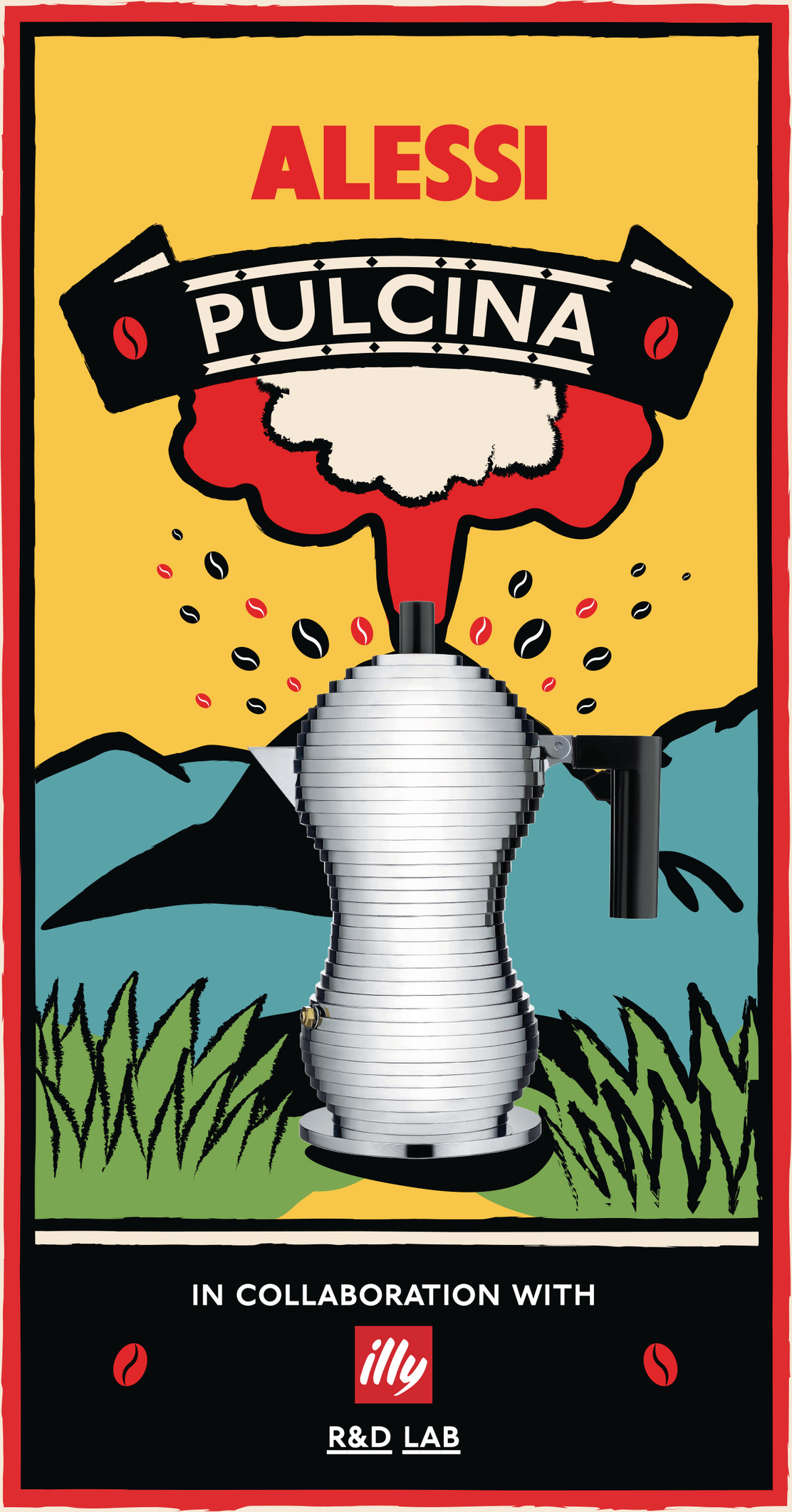
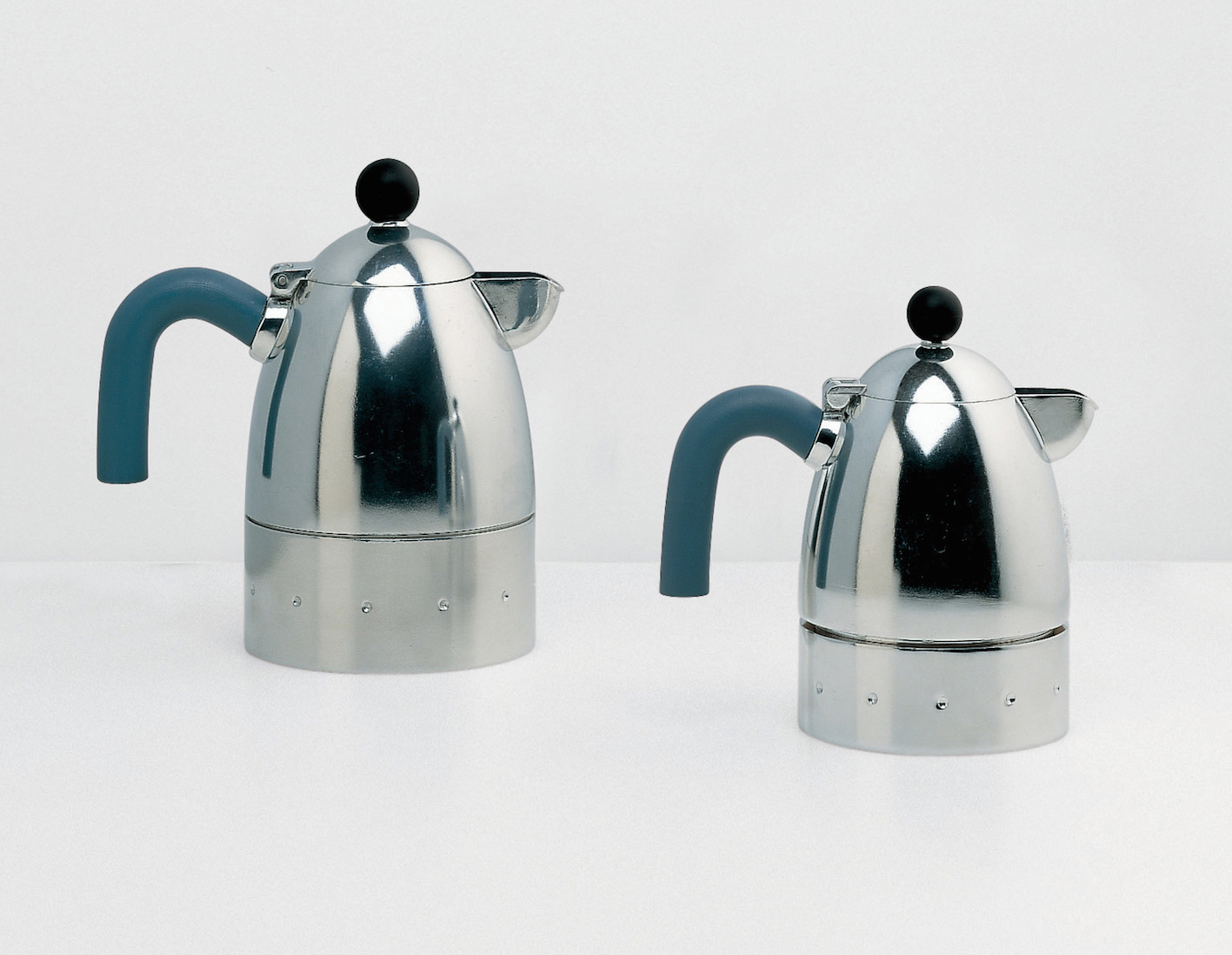
La Pelicano, design di/by Michael Graves per/for Alessi.
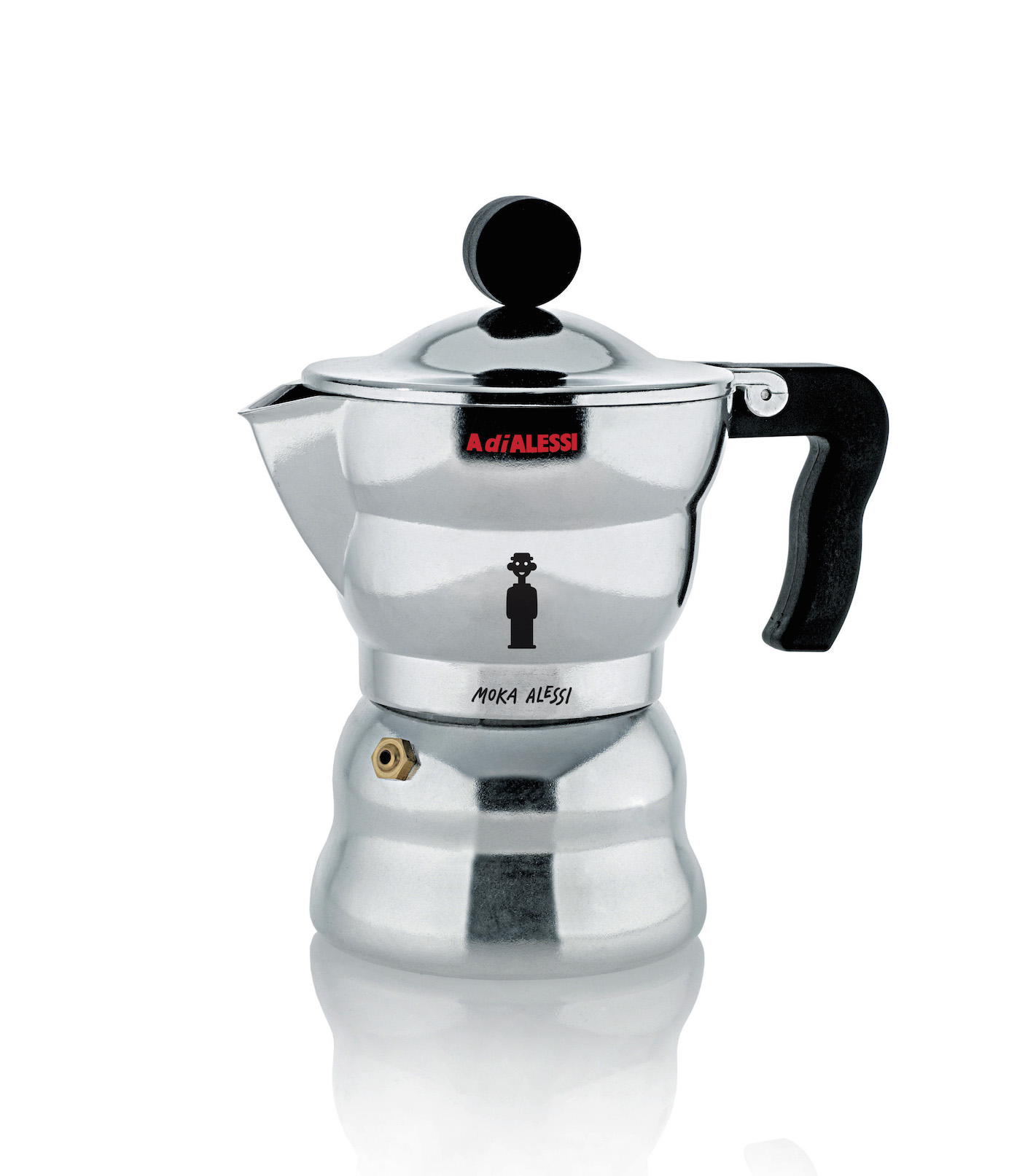
Moka Alessi, design di/by Alessandro Mendini per/for Alessi.
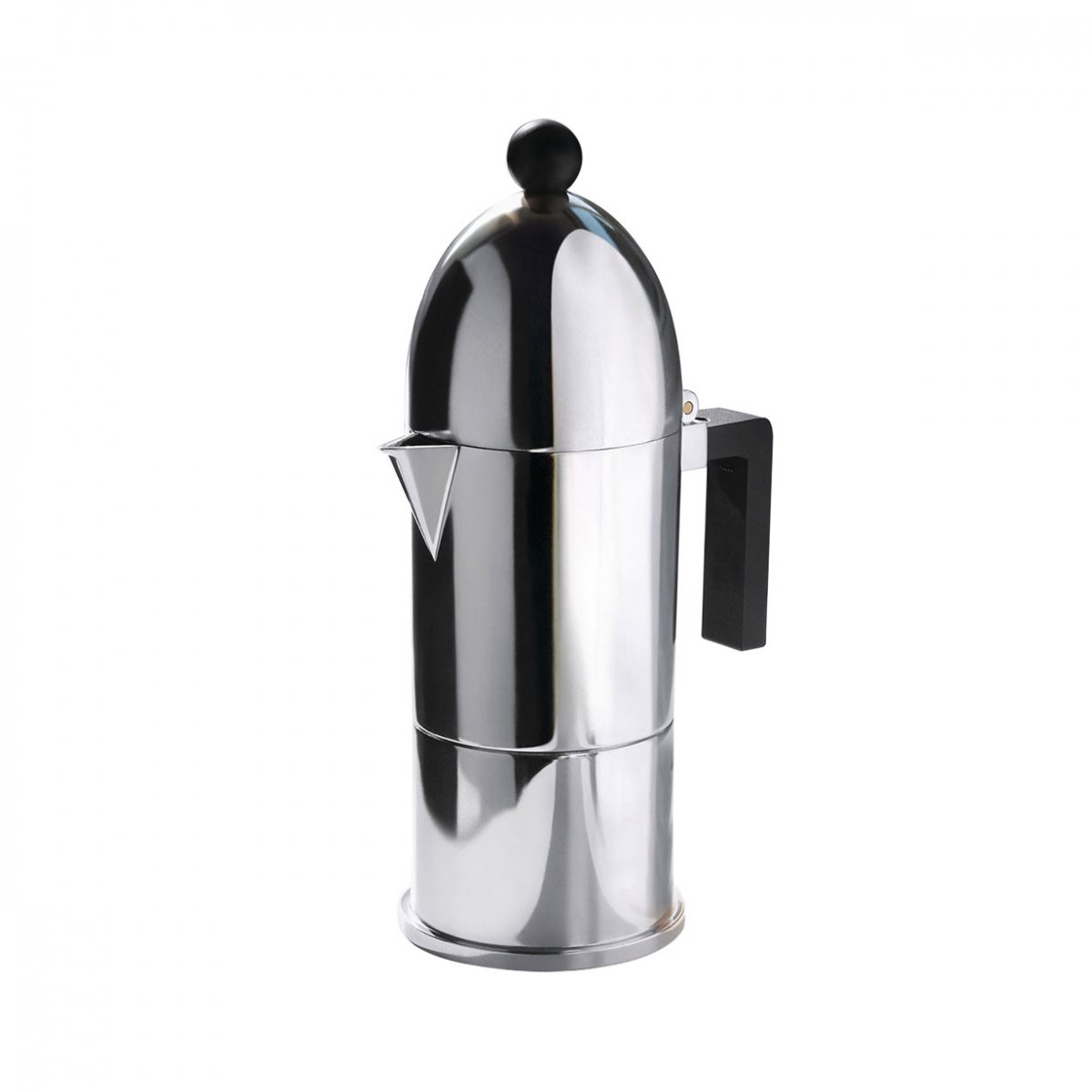
La cupola, design di/for Aldo Rossi per/for Alessi.
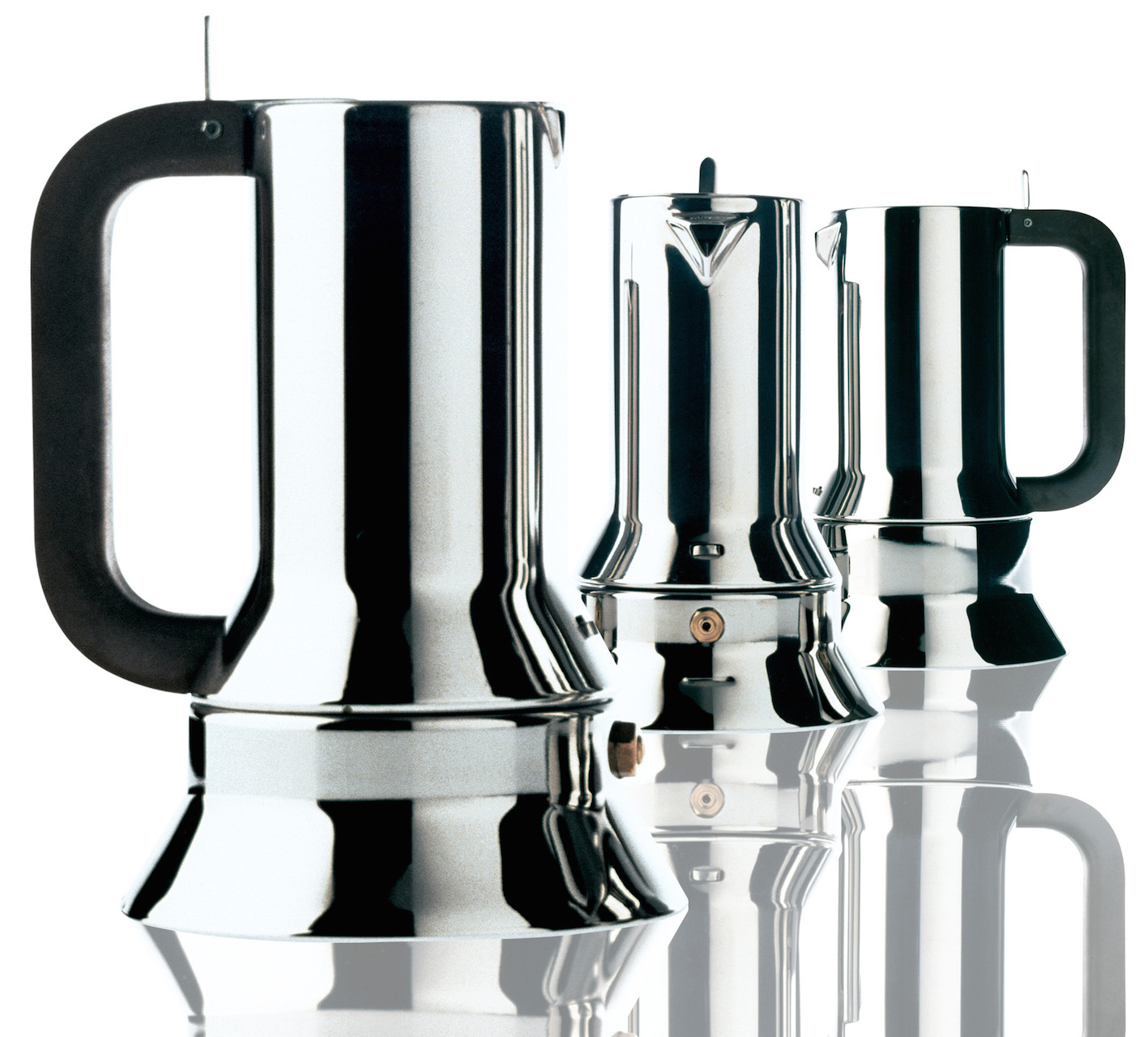
9090, design di/by Richard Sapper per/for Alessi.
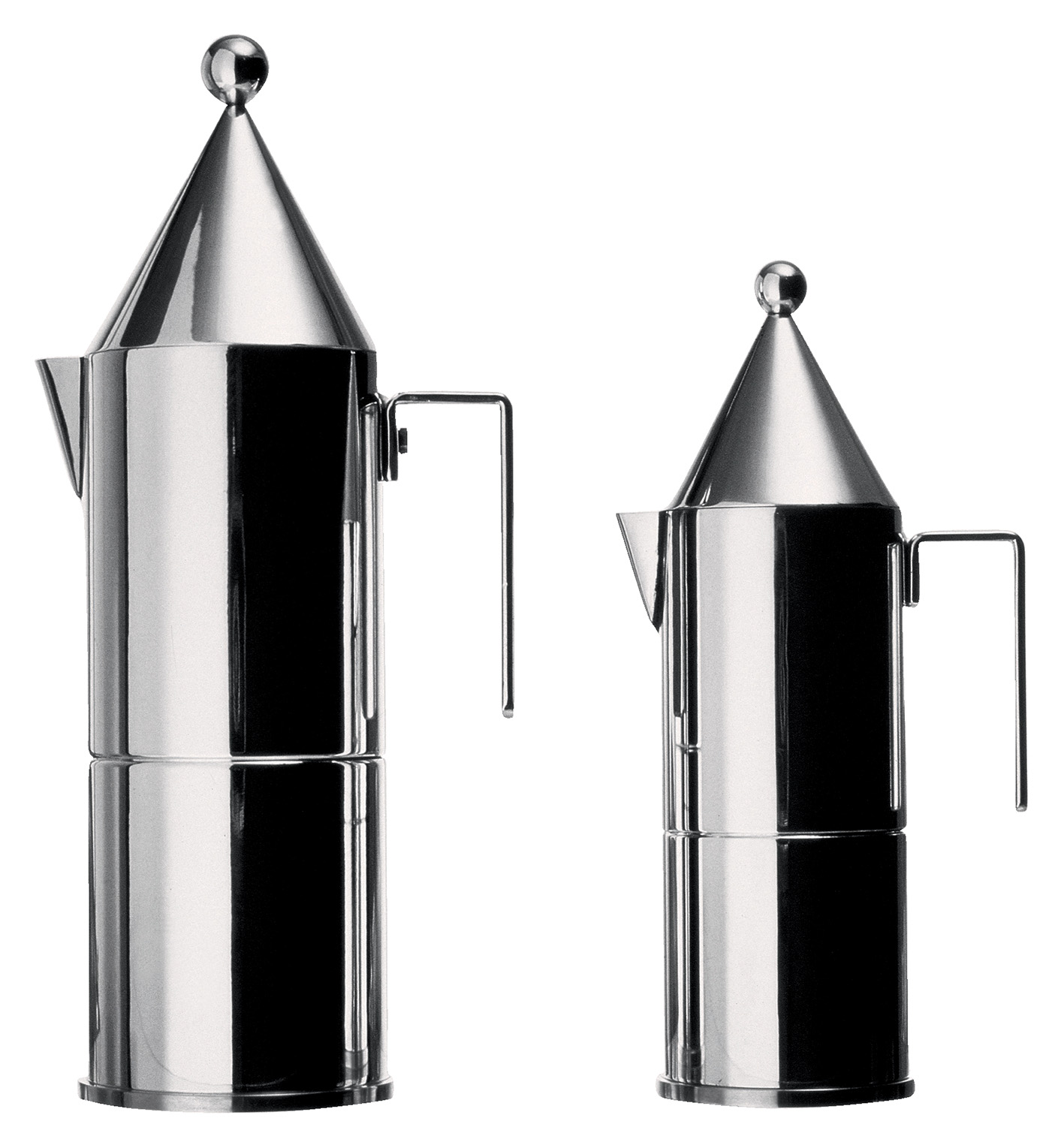
La conica, design di/by Aldo Rossi per/for Alessi.
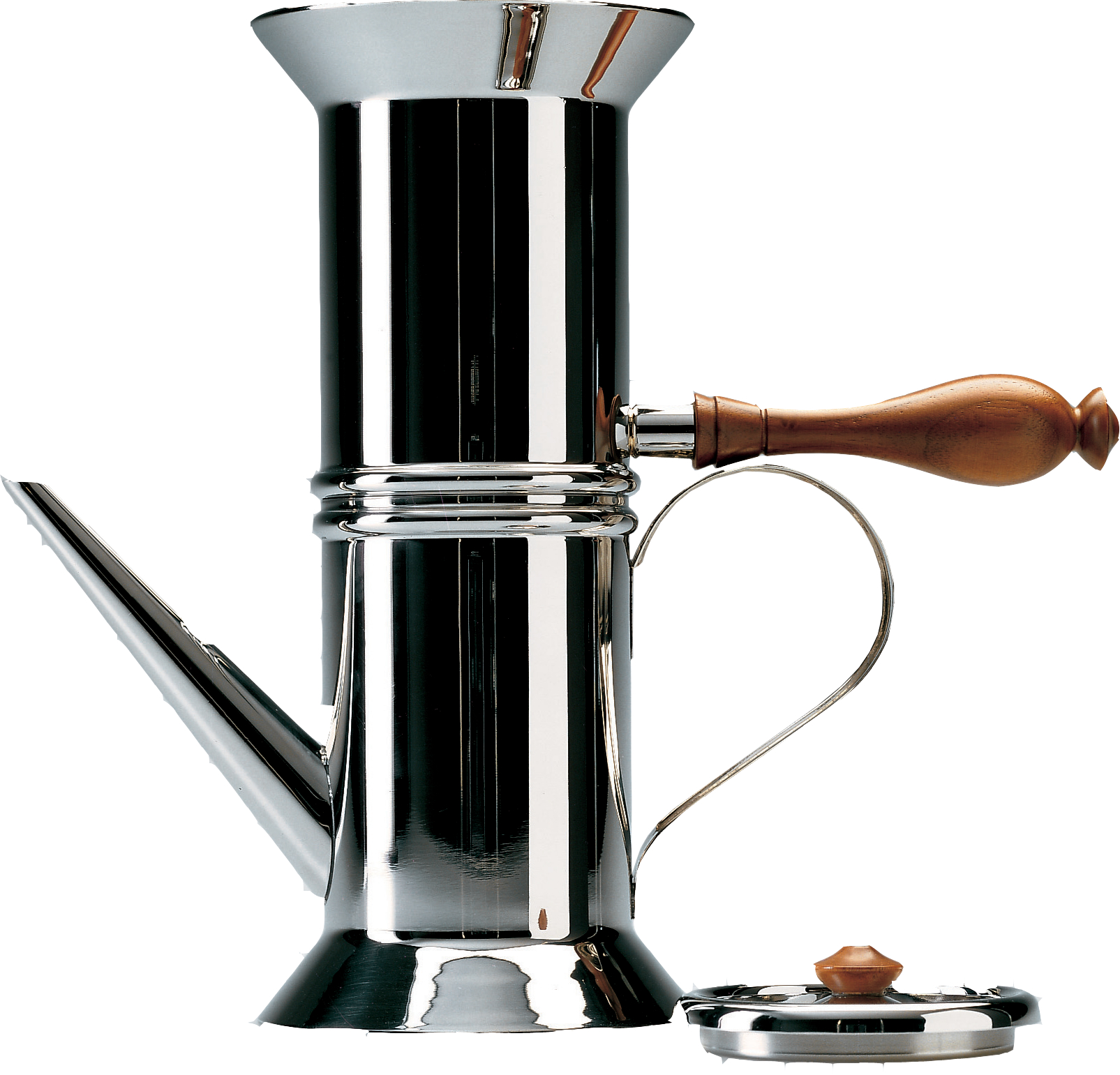
Caffettiera Napoletana, design di/by Riccardo Dalisi per/for Alessi.